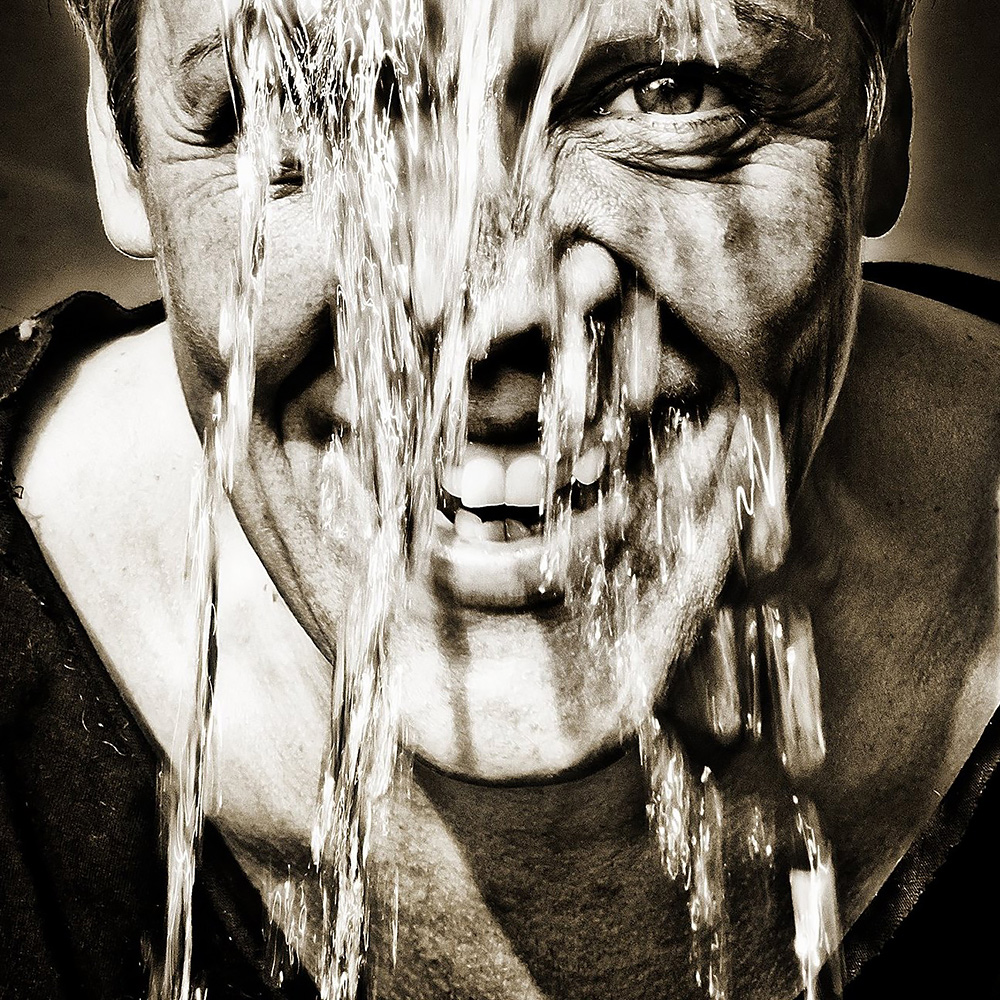"I was trained 3 years to become a photographer and afterwards I studied to become a "photo engineer". With all the knowledge of technology, I thought it would be easy to work as a photographer. But of course was not. Today I do live mainly in Berlin, work as a city guide or in a bicycle store, give workshops and in the spare time I work on my Art."
Statement:
Life is always full of surprises and in order not to miss them I worked on giving free rein to my creativity. I know how difficult is to keep going with your creativity, so I dicided to travel with my bicycle. Always 4 months during the winter times or even some longer trips. Getting out of my comfort zone gets me at least closer to what we call "Reality". But also just a little closer. The greatest challenge, but also the greatest satisfaction, is working with people.
Meeting them, seeing them and then showing them in my pictures is what really drives me."
www.kuenstle.de
www.streetpepper.de
www.jokeair.com
@kuenstlephotography
